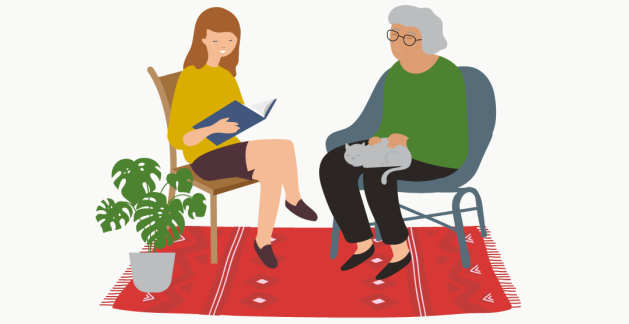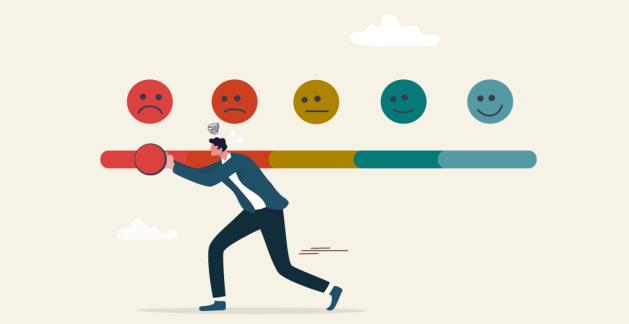Parental insurance: “because these moments won’t last forever”
 David Truong, CIWM, Pl.Fin, M.Fisc., National Bank Private Banking 1859
David Truong, CIWM, Pl.Fin, M.Fisc., National Bank Private Banking 1859
How many times have I heard that phrase? The arrival of a newborn demands a lot of attention, and the majority of parents would prefer to stay home to take care of their child during the first year. Thankfully, Quebec’s parental insurance plan (RQAP) is there to support them financially.
In a nutshell, the RQAP pays out a benefit to all eligible workers taking maternity leave, paternity leave, adoption leave or parental leave while they are not receiving employment income.
Parents have the option of either the basic plan or the special plan. The basic plan replaces 70% of average weekly earnings up to the applicable annual limit on insurable earnings ($78,500 for 2020) for 18 weeks for the mother, 5 weeks for the father and 7 weeks shared by both, plus 55% of average weekly earnings for an additional 25 shared weeks. Meanwhile, the special plan covers 15 weeks for the mother, 3 weeks for the father and 25 shared weeks, all paid out at 75% of average weekly earnings.
|
Type of benefit |
Basic plan |
Special plan |
||
|
Maximum weeks covered |
Percent of average gross weekly earnings |
Maximum weeks covered |
Percent of average gross weekly earnings |
|
|
Maternity |
18 |
70 % |
15 |
75 % |
|
Paternity |
5 |
70 % |
3 |
75 % |
|
Parental |
7 |
70 % |
25 |
75 % |
|
25 |
55 % |
|||
|
Adoption |
12 |
70 % |
28 |
75 % |
|
25 |
55 % |
|||
Advantages of the RQAP
The ability to choose the duration of coverage and the percentage of insurable earnings to be paid out is a clear advantage of the RQAP.
There’s also the option to share the parental benefits, up to the maximum number of weeks covered under the chosen plan. A couple could decide to share the parental leave or opt for one of the parents to take it all themselves. According to the RQAP’s statistics, mothers are the biggest recipients of parental benefits, using 16 more weeks on average than fathers.
The basic plan or the special plan?
We’re all in agreement that the RQAP offers generous financial assistance. And since it doesn’t replace 100% of income, it also contributes to re-employment. But if a couple wants to get the most financially out of the RQAP, which plan should they choose?
The answer to this question depends on when they decide to go back to work. Generally speaking, the special plan is more financially advantageous for parents who plan to return to work sooner, since it replaces a higher share of earnings.
On the other hand, the basic plan might be a better fit if the parents aren’t in a hurry to resume work. For example, its benefits max out at $52,459 in 2020, compared to $48,685 for the special plan. Even if you discount these sums with a rate of return and share the parental benefits, the basic plan will still have a higher value than the special plan. According to the RQAP’s statistics, the basic plan is the more popular option for all benefit types.
To conclude, the RQAP is already the envy of many countries around the world. Average maternity leave in Europe is 16 weeks. It’s around 12 weeks in the United States, but the replacement rate is higher there. Having access to a plan with up to 55 weeks of coverage gives parents the chance to spend more precious moments with their newborn. Time flies, and sooner or later every kid grows up and leaves the nest. So carpe diem—seize the day!


